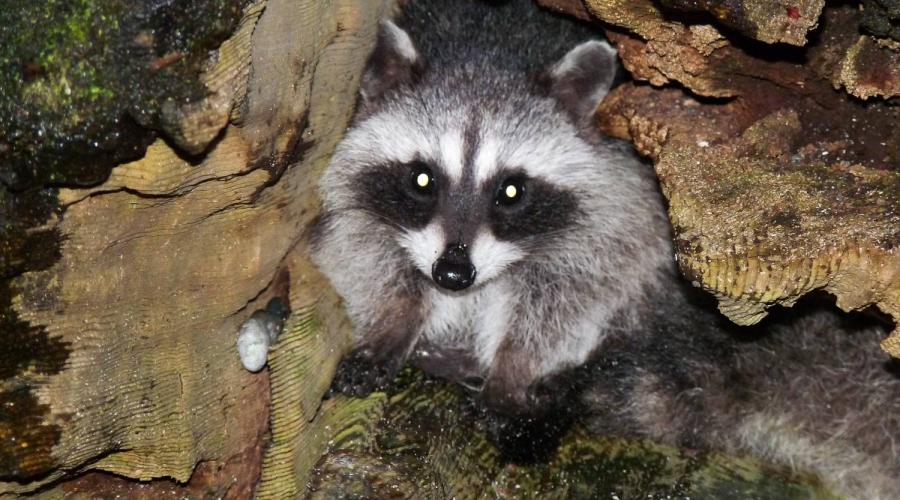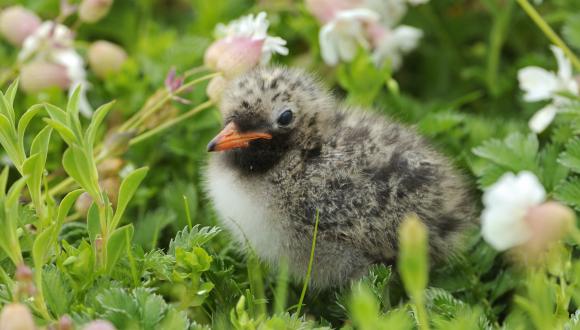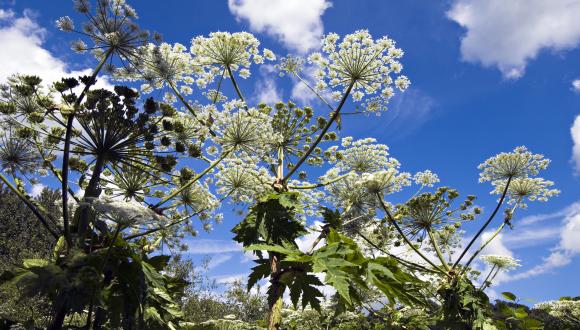
Meet the next alien invaders to threaten nature and economies in Scotland
5 October 2023
UKCEH Partner news release
Raccoons, muntjac deer, plants that cause flooding, and mussels that clog up water pipes are among the new problem species that are likely to arrive in Scotland over the next decade and pose a serious threat to nature or people.
More than 1,000 invasive non-native plants, animals and other organisms are already established in Scotland including the grey squirrel, rhododendron, Japanese knotweed, mink and New Zealand flatworm.
Now, in an independent study for the Scottish Government, a team of experts, led by the UK Centre for Ecology & Hydrology (UKCEH) and NatureScot, has predicted other non-native species that could arrive, establish and have negative impacts on biodiversity and ecosystems, economies or human health over the next 10 years. They have also highlighted how these species are likely to arrive.
Out of the 171 possible new arrivals, the experts have drawn up a top 10 priority list (see notes and photos) including Asian clam, quagga mussel and zebra mussel, floating pennywort and parrot’s feather, which are freshwater species that outcompete native wildlife for food and space.
Freshwater biodiversity, which is culturally and economically important in Scotland, is considered to be particularly vulnerable because river and lake ecosystems already face other pressures such as climate change, overexploitation, sewage, nutrient pollution and recreation activities which can exacerbate the impacts of invasive non-native species.
For example, after the introduction of the non-native ruffe in Scottish waters as live bait by anglers in the early 1980s, its population expanded and, by feeding on the eggs of the powan, it caused declines in this rare native species at Loch Lomond.
The recent promotion of tourism in northern Scotland has led to exceptional increases in the number of visitors to this region, while national legislation has opened up access to watersports. The experts say there are therefore increased pathways for invasive non-native species to be transported into and throughout Scotland via vehicles, boats, equipment and clothing.
Other species on the priority list include muntjac deer, which could expand their range from other parts of Britain, as well as raccoons, which are kept within zoos and private collections and may escape or be released into the wild. Muntjac damage trees and shrubs and, the experts say, threaten Scotland’s plans for woodland expansion, while raccoons prey on native species, affect farm production and spread potentially fatal diseases including rabies.
The most common pathways for arrival of non-native species in a new region is through the import of produce and ornamental plants which are either invasive and then expand into the wild or which contain hidden species.
UKCEH ecologist Professor Helen Roy, an expert on invasive non-native species, led the ‘horizon scanning’ study, which is a systematic examination of information to identify potential threats and risks.
Professor Roy, who was also co-chair of a major global report on invasive non-native species for IPBES, explains: “Prevention is the best way to manage biological invasions , so we would urge people to follow simple biosecurity measures outlined in campaigns such as “Check, clean and dry” and “Be Plant Wise”. Everyone can make a difference in preventing the introduction and spread of invasive non-native species.”
The report, Provision of horizon scanning and analysis of pathways of spread of invasive species into Scotland, will inform national and local strategies and action to reduce the threat of biological invasions, which are increasing year on year.
NatureScot’s invasive, non-native species specialist, Stan Whitaker, says:“Invasive non-native species are a serious threat to Scotland’s nature, damaging our environment, the economy and our health, and costing Scotland at least £499 million a year.
“The threat is increasing with the growth in international trade and travel. But we can all do something to help prevent these species from spreading by being plant wise and composting invasive pond plants, like floating pennywort and parrot's feather in our gardens, with care – or by reporting sightings of mammals like muntjac deer."
The Spread of invasive species into Scotland: study report is available.





